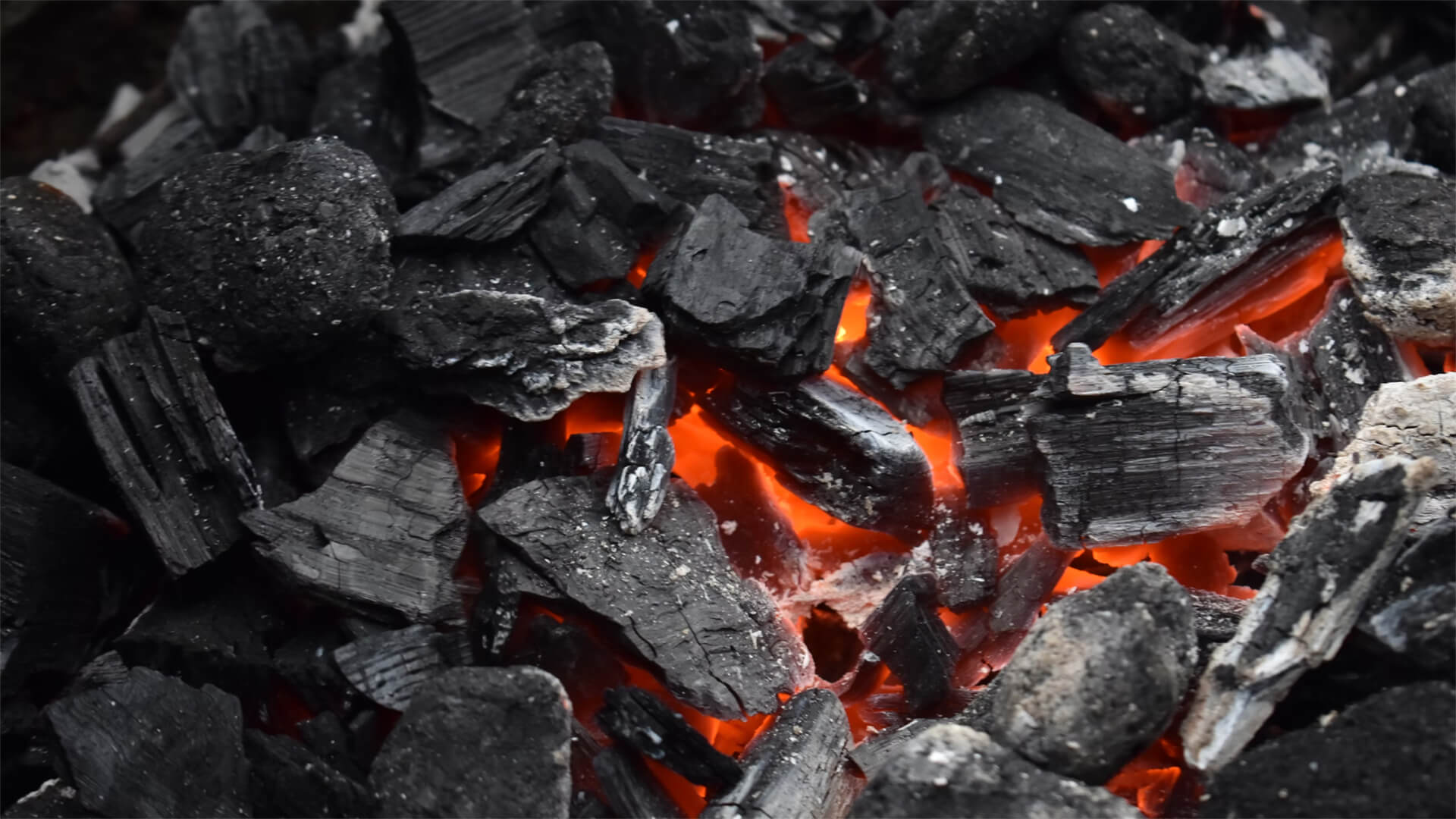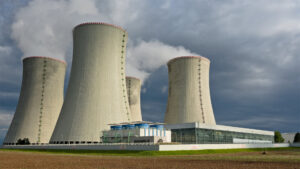WEBINAR – Peter Zeihan’s Risk List: What Keeps a Geopolitical Strategist Up at Night
Please join Peter Zeihan for a webinar on June 5th at 12:00 PM EST on a topic that is near and dear to the hearts of the Zeihan on Geopolitics team: geopolitical risk. This webinar will feature Peter’s reasonable-fear list, focused on issues that in his opinion have the most potential to impact market outcomes.
Other than a slight bump in sales during the holidays (shoutout to all the naughty kids), coal has been on the decline for quite a while now. With more environmentally friendly alternatives surging into the spotlight, how does coal fit into the energy framework?
Coal once played a critical role in the US, but political shifts are pushing more and more states towards eco-friendly options like solar and wind. Even natural gas is getting some attention as it becomes more economically viable and a cleaner alternative to coal.
Although the US is stepping away from coal, the international market will likely continue to do well for years to come.
Here at Zeihan On Geopolitics we select a single charity to sponsor. We have two criteria:
First, we look across the world and use our skill sets to identify where the needs are most acute. Second, we look for an institution with preexisting networks for both materials gathering and aid distribution. That way we know every cent of our donation is not simply going directly to where help is needed most, but our donations serve as a force multiplier for a system already in existence. Then we give what we can.
Today, our chosen charity is a group called Medshare, which provides emergency medical services to communities in need, with a very heavy emphasis on locations facing acute crises. Medshare operates right in the thick of it. Until future notice, every cent we earn from every book we sell in every format through every retailer is going to Medshare’s Ukraine fund.
And then there’s you.
Our newsletters and videologues are not only free, they will always be free. We also will never share your contact information with anyone. All we ask is that if you find one of our releases in any way useful, that you make a donation to Medshare. Over one third of Ukraine’s pre-war population has either been forced from their homes, kidnapped and shipped to Russia, or is trying to survive in occupied lands. This is our way to help who we can. Please, join us.
Transcript
Hey, everybody. Peter Zeihan here coming to you from Dockman Valley above Denver, Colorado. today we’re talking about coal. coal has been the primary fuel of industrialization since industrialization started 150, 200 years ago. but obviously it has fallen on some tough times, and it has definitely fallen out of favor for carbon related and pollution related issues.
in the United States, at its peak, coal in the modern era, coal was providing about half of all electricity generation. Or was the thermal input for half of all electricity generation. So as much as everything else put together and now it has slipped not just below natural gas, but it’s starting to duke it out with wind. and as of calendar year 2023, about 16% came from coal.
So it’s already fallen below nuclear on most days as well. Anyway, the reason is twofold. the first one is politics. We have chosen to favor solar and wind in the fuel mix wherever possible, and that has displace a little bit of coal. Not as much as you might think, though. coal is what we know as a baseload fuel, because you basically, once you start the boiler, you don’t stop it.
You can you can kind of slowly tear it up and down. But getting a coal power plant fully running to full efficiency takes the better part of a day. And so if you are spinning it up and spinning it down every night as the sun sets or rises, you’re not going to be using your coal nearly as efficiently.
So like with nuclear, you tend to have the thing running full out the whole time, providing that baseload capacity. And you leave it to things like natural gas that can be spun up faster to handle all the incremental increases in demand. So, yes, solar and wind have had an impact that has been negative, but not a very big one.
the big one has come from natural gas. unique among the world’s natural gas producers, the United States produces, its natural gas is a byproduct of other operations, specifically of oil production and natural gas liquids production in the shale fields. And the natural gas just kind of comes up as a byproduct. Now, that’s not making it necessarily a classical waste product, but it is pretty close because people have to build take capacity to get rid of the natural gas, even though they know that the margins for it and the profit from it are not very high.
So if you’re in the Bakken in North Dakota or the Permian in New Mexico, in Texas, or the Eagle Ford in southern Texas, you have a problem with natural gas and you just have to get rid of it however you can. but remember that the shale revolution wasn’t originally about oil production. It was about natural gas production.
So we now have 20 years of expertise in producing pure natural gas, or drawing natural gas, as they like to call it. And even in those fields where there’s no oil or very little liquids at all. the cost production curve is very, very low. in fact, in a number of places like the Marcellus in Pennsylvania and Ohio and West Virginia, the full cycle breakeven price for a lot of natural gas production is well below $2 per thousand cubic feet, and coal just can’t compete with that.
In part, it’s because the really easy to exploit seams were gotten 50 to 100 years ago, and in part it’s because the there’s a population disconnect. most of our good call, the anthracite, the hard coal comes from places like the powder River basin. in the vicinity of Wyoming. And so it’s a long way to truck or rail that to a population center.
Or the other stuff is in Kentucky and West Virginia, which is usually by two minutes, more polluting, not as much calorie content. And so it generally is burned more locally. And it’s not exactly a high demand product for other areas who are trying to reduce air pollution. Well, natural gas burns cleaner. It generates less, fumes. It generates less carbon.
It doesn’t have the sulfur byproducts. It doesn’t have mercury. There’s no natural gas ash for disposal on the other end. It’s just a simple, simpler process. Once you have the physical infrastructure in place, and this isn’t 2010, folks, there are plenty of pipelines to take the natural gas away. So everyone who is wanted to convert from coal to natural gas pretty much has at this point.
And all that’s left are the holdouts, where the local economics make a little bit more sense for coal places like Kentucky and West Virginia. And there we have another problem. the two senators who have been most in favor of keeping coal on the fuel lists are Joe Manchin of West Virginia and Mitch McConnell of Kentucky. And both of them are in the process of stepping back from public life.
It’s not that other representatives from this area won’t fill those shoes, but they won’t do what they’re sold with the same amount of gravitas. And so you’ve seen states throughout the Midwest and the South who used to be primarily coal powered, largely cut the fuel out of their fuel mix almost completely. And so the political coalition that has been protecting coal for the last 30 years is pretty much gone.
I don’t mean to suggest that we’re going to stop using coal completely in the next five years or anything like this, but it’s never coming back because most of the power plants that burn the stuff are over 40 years old. And as a rule, 40 years is about the life cycle for a power plant. If you’re going to extend its life beyond that time, you have to do some expensive refits and you have to make sure that it’s going to make sense for you going ten, 20, 30 years in the future.
And for coal, that future isn’t very bright. If there is a future for American coal, it’s not going to be in America. One of the things that people forget in an age of green politics is that oil and natural gas are the low carbon fossil fuels that are internationally traded. And if you break down globalization, the ability of large portions of the world to source those two fuels withers.
And in that sort of environment, people will be clamoring for whatever sort of fuel they can get, and that will make them turn to American oil and natural gas, of course, but will probably also give American coal a fresh lease on life. It just won’t be burned here.








